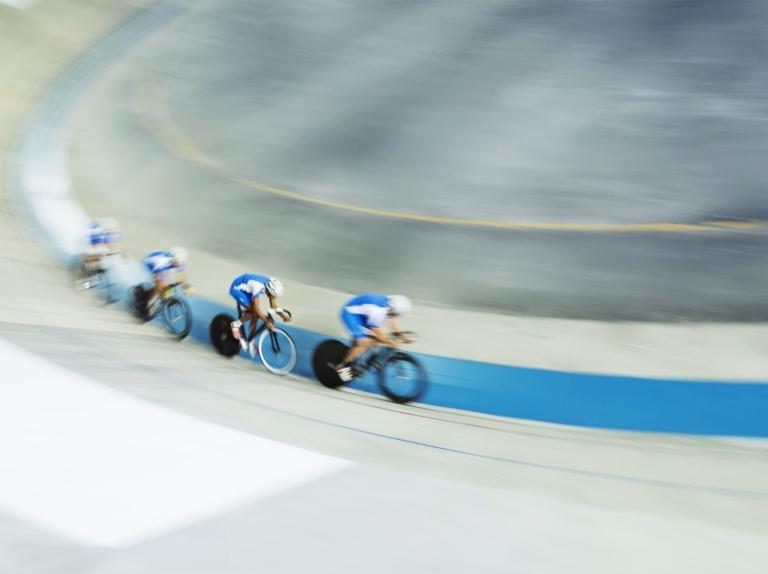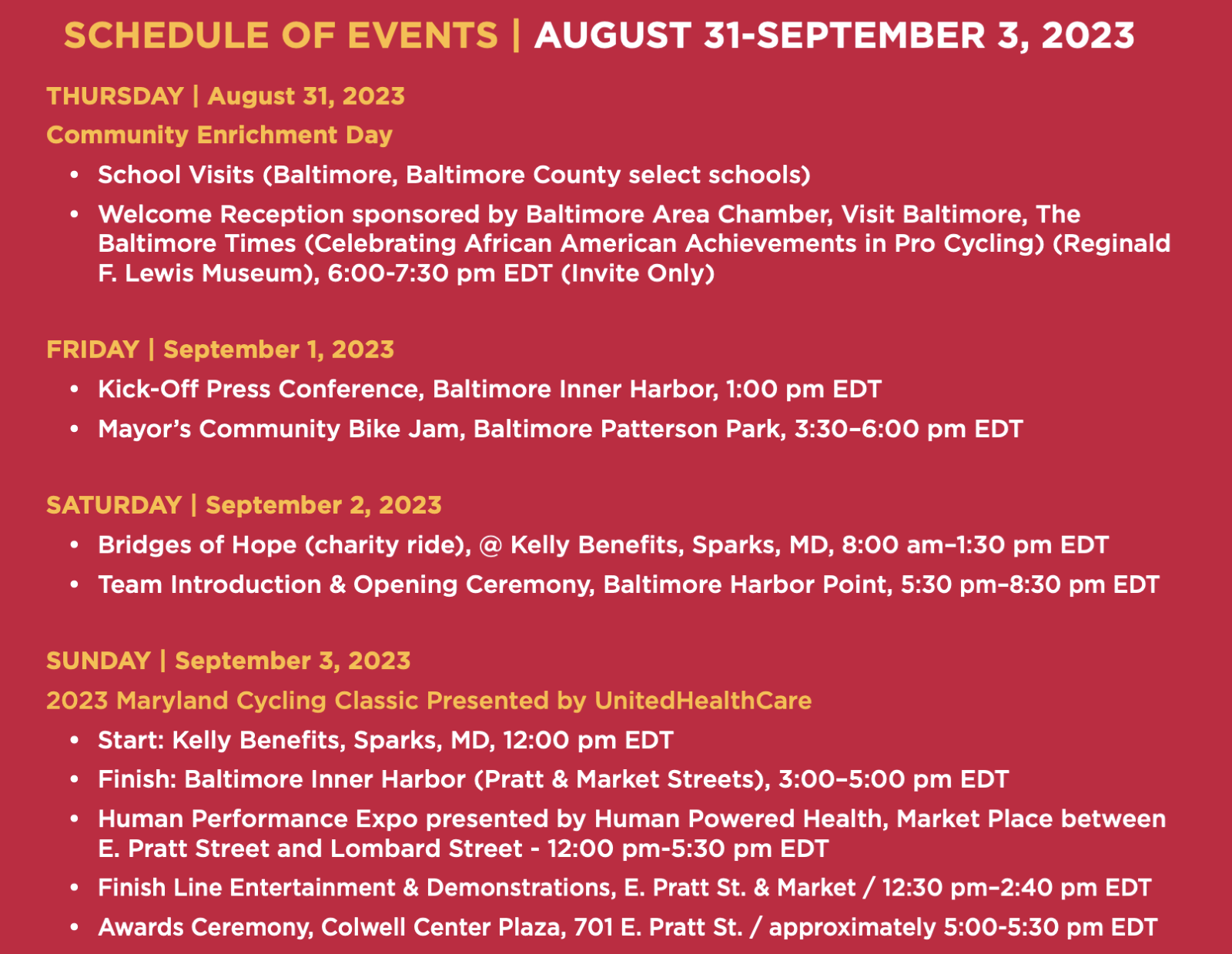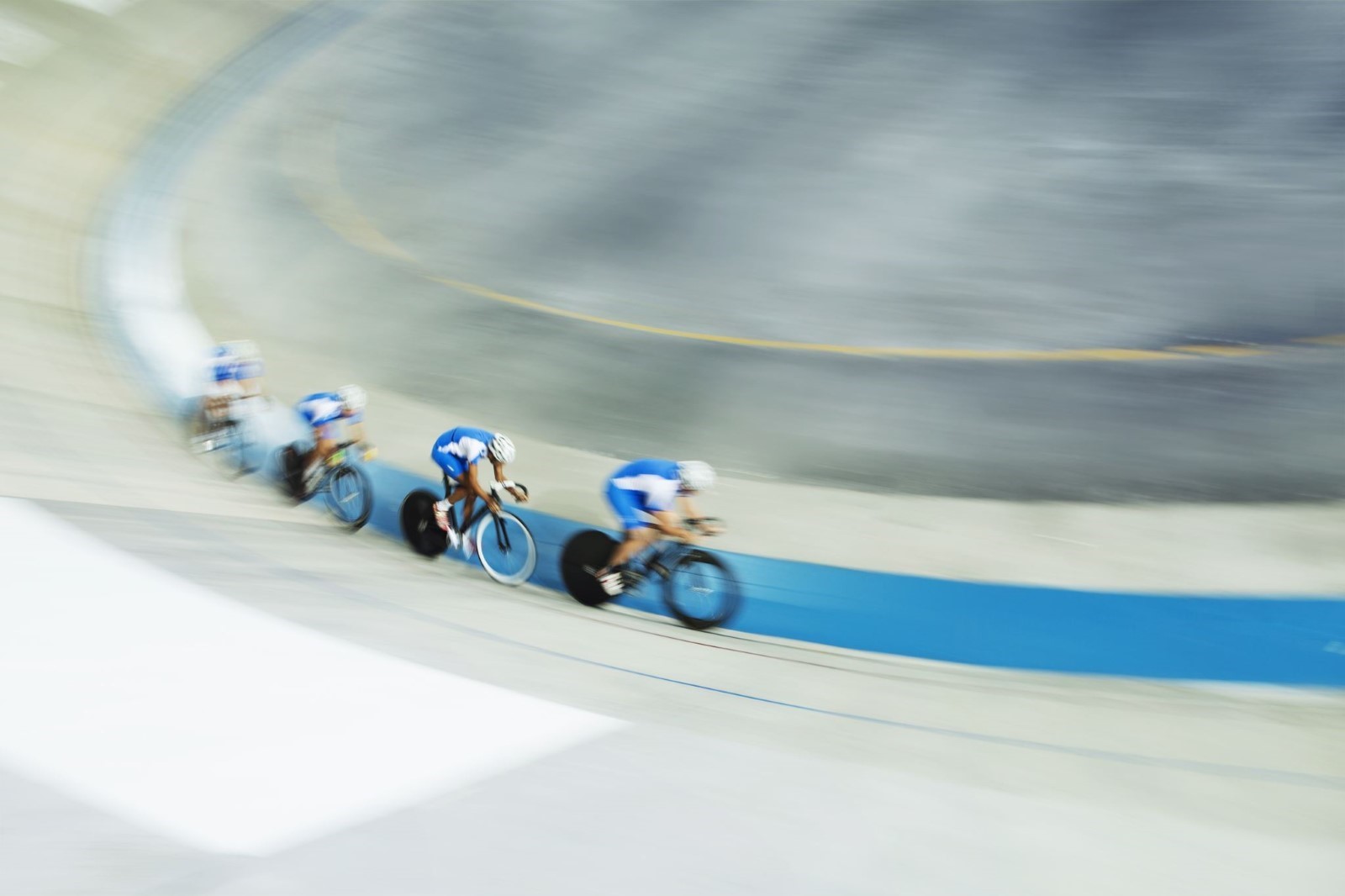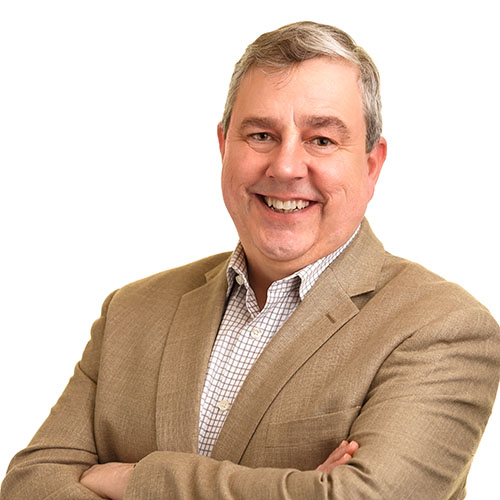
This is what a destination organization leader sounds like when they know their organization's mission is to help the community achieve its goals by leveraging the power of destination promotion.
About a month ago, during a rare moment of downtime, I spent a few days catching up on some of my favorite podcast episodes. I started with our own excellent podcast, Architects of Destination Advocacy, hosted by Andreas Weissenborn, before moving on to several others that I follow. I'll save that list for another blog post, except to say that David Peacock's "The Future of Tourism Podcast" was one of them. The reason I mention all of this is that one of his episodes captured the heart of what being a community shared value is all about.
In July, David spoke with Al Hutchinson of Visit Baltimore and Steve Brunner of KOM Sports Marketing. The topic was unlocking the power of sports in transformative placemaking. And even though I listened to it over a month ago, I keep replaying it in my mind because of what Al and Steve said. They both spoke with passion, not just about the event, but about how it connects to the community. And instead of me going on about it like I usually do, I will let them tell it.

But first, some background on the event. The Maryland Cycling Classic is a major cycling event held annually in early September in Baltimore, Maryland, USA. The 120.4-mile race features some of the best cyclists from around the world, including Tour de France participants, world champions, national champions, Olympians, and cycling heroes from 30 or more countries. The Classic is a UCI ProSeries one-day international cycling race sanctioned by the Union Cycliste Internationale (UCI) and USA Cycling.
The bike race is part of a three-day weekend community celebration of healthy living with participatory events, a festival with interactive exhibits, local food and drink, and other fun activities. Their mission is to host a world-class professional cycling event with ancillary events that extend into community building and cause-related and charitable giving. And its vision is to build a dynamic weekend of cycling and related events that captures the enthusiasm of Marylanders and cycling fans across the country and around the world, ultimately embracing and promoting both men's and women's cycling, healthy living, statewide and community involvement, and cycling awareness and advocacy.

This is Al talking about the event:
“Whether you're in cycling or whether you're selling destinations like I am, we should all be doing what we can to uplift each other and uplift each other's communities to make communities better places to live for our children and our grandchildren and celebrate life and celebrate goodness and celebrate all the contributions that we make. That's why when I get up in the morning, that's what makes me come alive. I want to do something special for Baltimore to make people say, you know what, this is a great place to live, this is a great place to work, this is a great place to play, so let's do our part to be the best leaders we can be. But also, to make the places where we live and work the best places to live and work.”
This is what a destination organization leader sounds like when they know their organization's mission is to help the community achieve its goals by leveraging the power of destination promotion.
And this is Scott talking about the event:
"(Baltimore) Mayor Scott said in our debriefing in December - he walked in and the first thing he said was 'transformational.' And everybody was kind of looking at him. And he said he used that word because he said, 'This event was transformational for the community, and we need to find a way to make this a pillar of our community moving forward. That means we made an impact. But it doesn't mean it's a one-time thing. It means, 'Great, now we've earned the right to go to the next level and we've got to do it in concert with the city and the state. And I think good things are going to continue to happen, so for me it's just keep pushing, keep pushing for good things, and good things are going to happen. And the last thing, just to summarize what Al said from my perspective, is that it's really about the impact, and if the community that you're impacting looks favorably on the end result of what you're doing, then you know you're on the right track. And we saw that last year.”
I really can't put it any better than that. Except maybe to quote David Peacock: "When tourism is done well, it enriches the lives of citizens first and travelers second.”

How Do I Do This?
Using special one-time or annual sporting events to improve a community is a fantastic idea. These events can not only boost travel to the destination, but also provide long-term benefits that help make a community a better place to live, work and play. Here are a few strategies to consider:
Pre-Event Planning:
- Start by involving local community members in the planning process. Survey them to find out what improvements they'd like to see in the community and how the sporting event could facilitate those improvements.
- Prioritize green and sustainable practices in all aspects of event planning.
- Think about if the event is an opportunity to build or upgrade infrastructure, such as public transportation, parks, or sports facilities, that will serve the community long after the event is over.
- Finally, work with local businesses to provide goods and services for the event. This not only boosts the local economy, but also provides an opportunity for these businesses to gain international exposure when the event attracts a global audience.
During the Event:
- Use the platform to showcase local art, music and cuisine. This will build local pride and could become a selling point for tourism.
- Use the event like Visit Baltimore did to promote healthy living. Offer free health screenings, fitness classes or nutrition seminars. Organize workshops or seminars that focus on the benefits of sports and physical activity.
- Partner with schools to involve children and teens.
- Encourage local participation through volunteering, which instills a sense of community pride and ownership. Provide volunteers with skills training that can be useful after the event.
Post-Event Evaluation:
- Conduct a detailed study of the event's impact on the local economy, tourism, and business sectors. The DI Event Impact Calculator is ideal for this.
- Collect feedback from the community to assess what went well and what could be improved for future events.
- Consider publishing a report on how sustainability goals were met and how they had a lasting positive impact on the community.
- Cultivate relationships with sponsors, local businesses, and other organizations involved in the event for future collaboration.
By implementing some of these strategies, you can leverage any sporting event not only for immediate economic benefits, but also for long-term community development. This would reinforce your destination organization’s role as an essential component in the growth and well-being of your community. Remember, residents first and travelers second.


